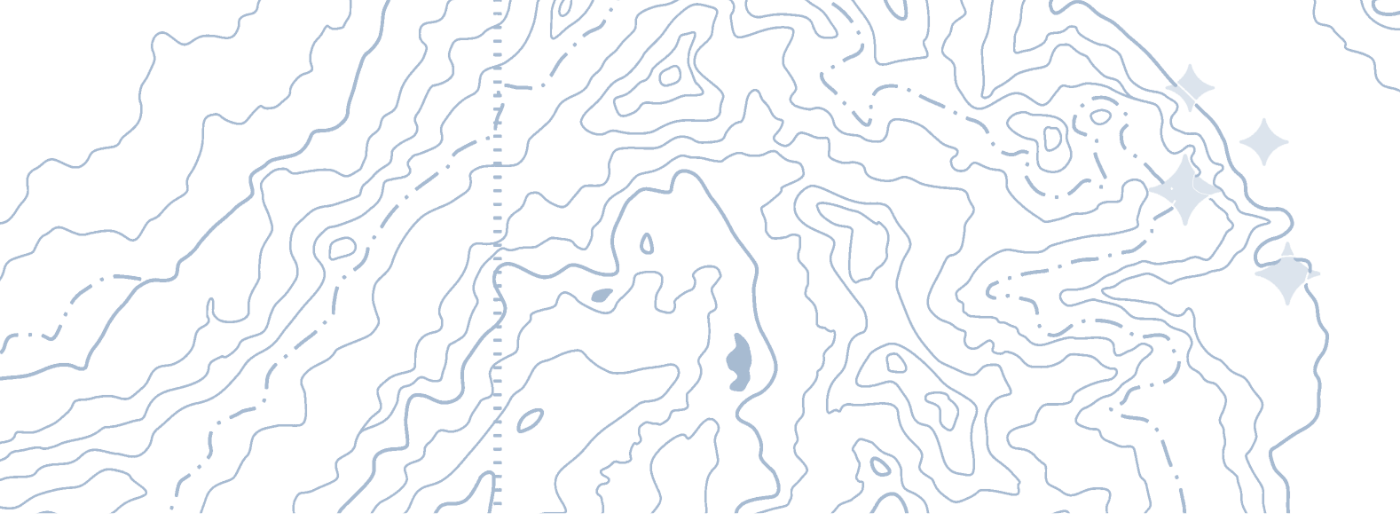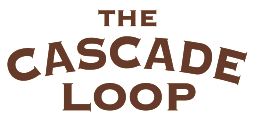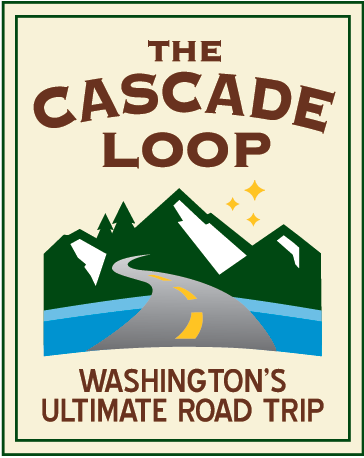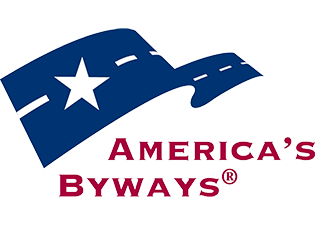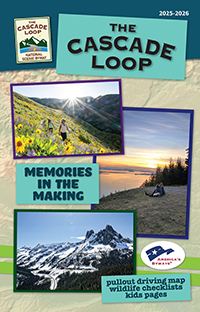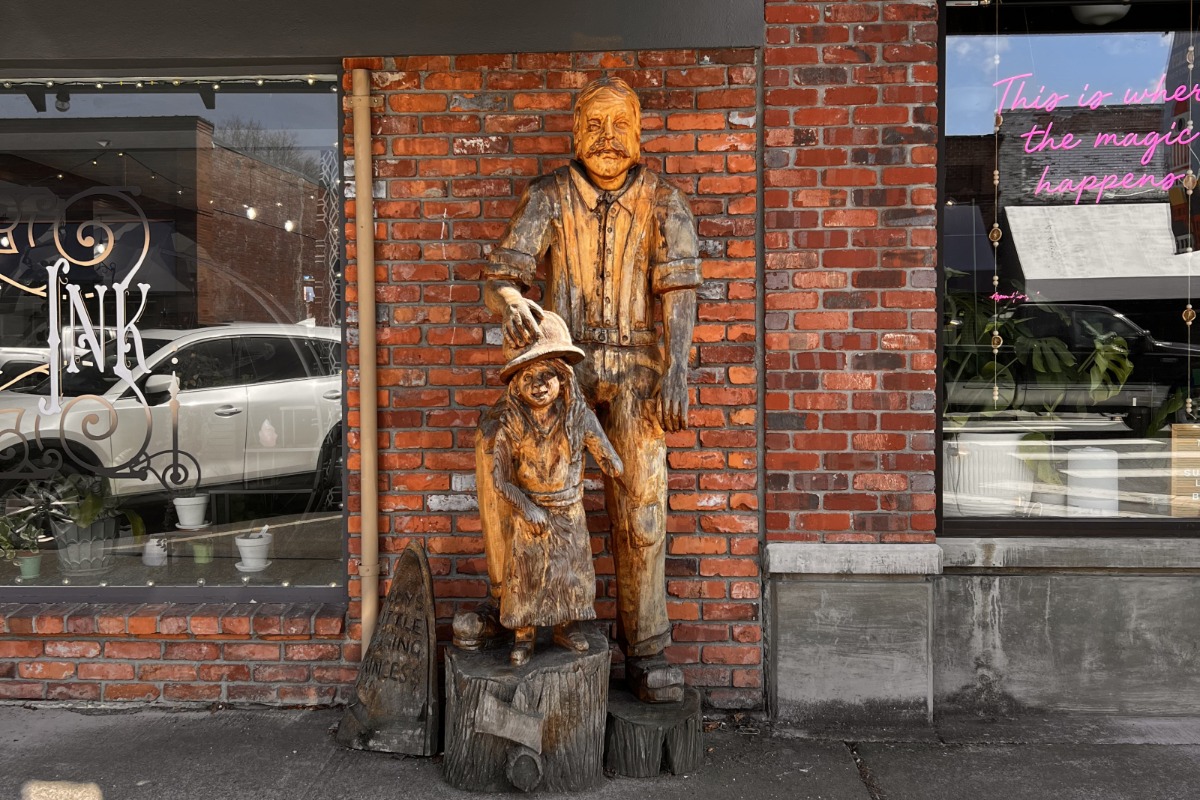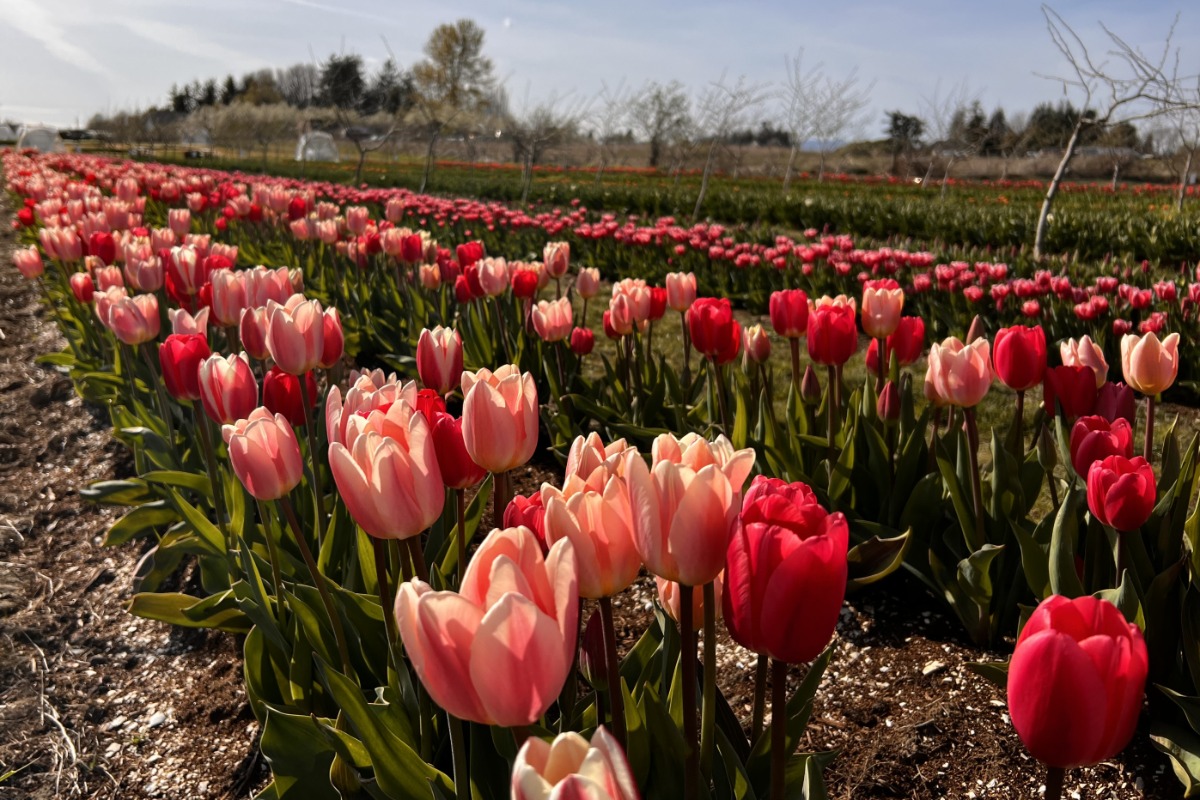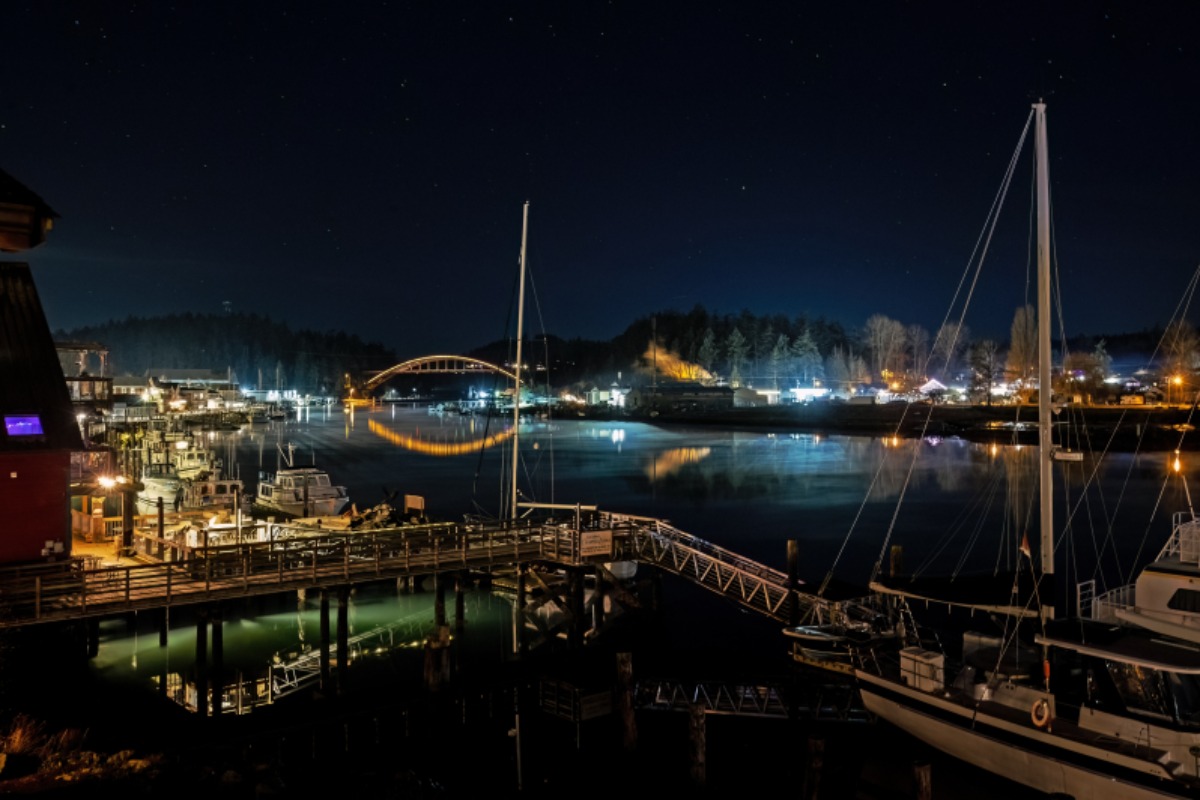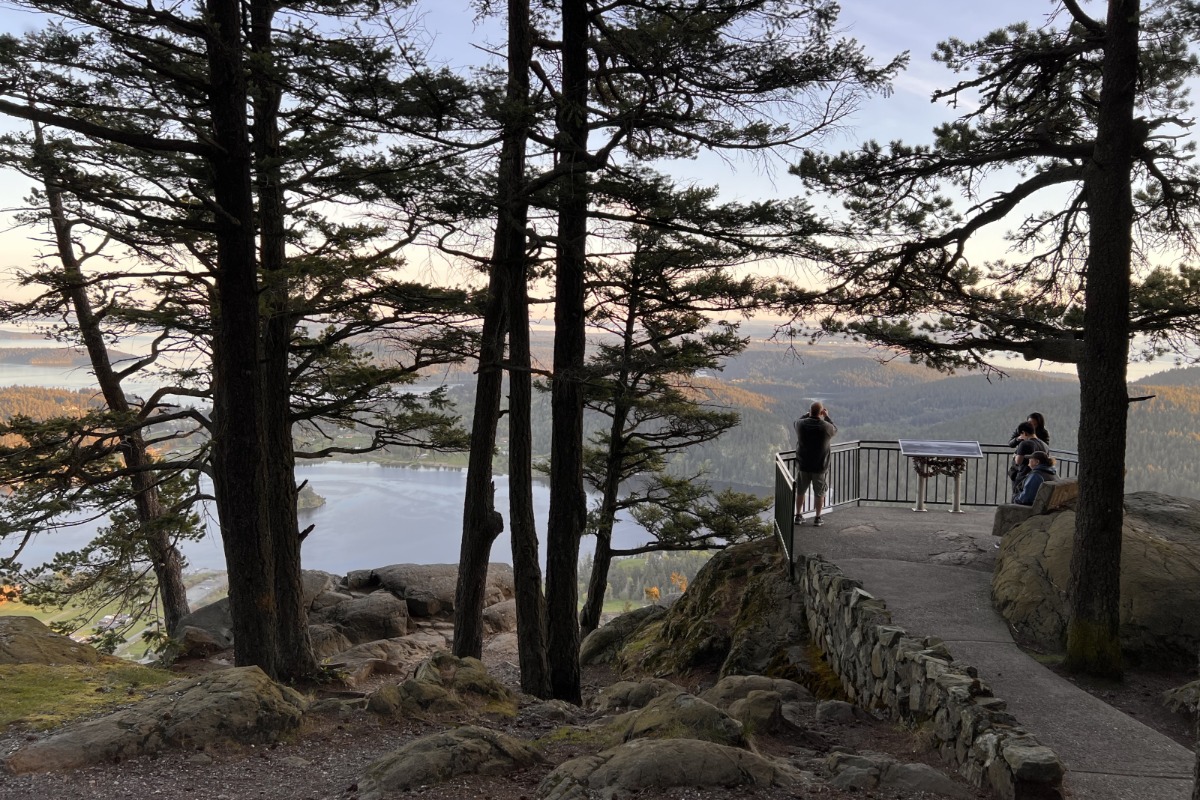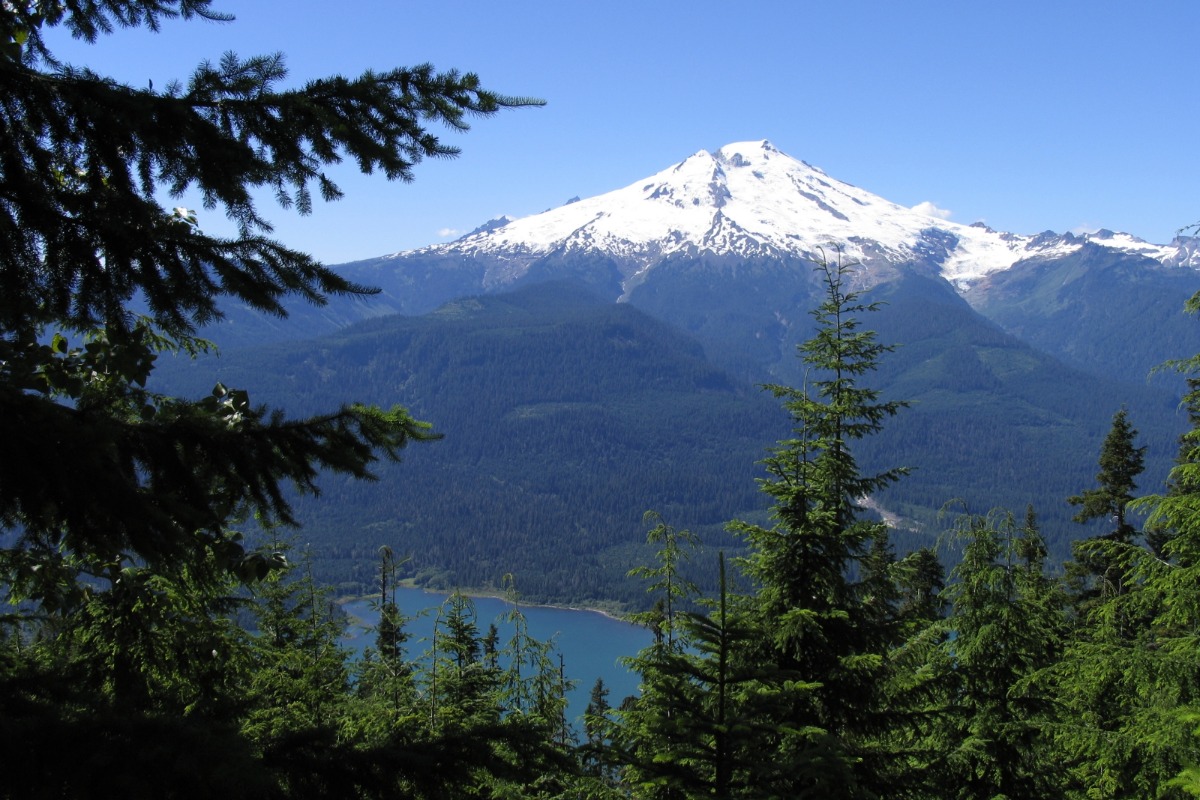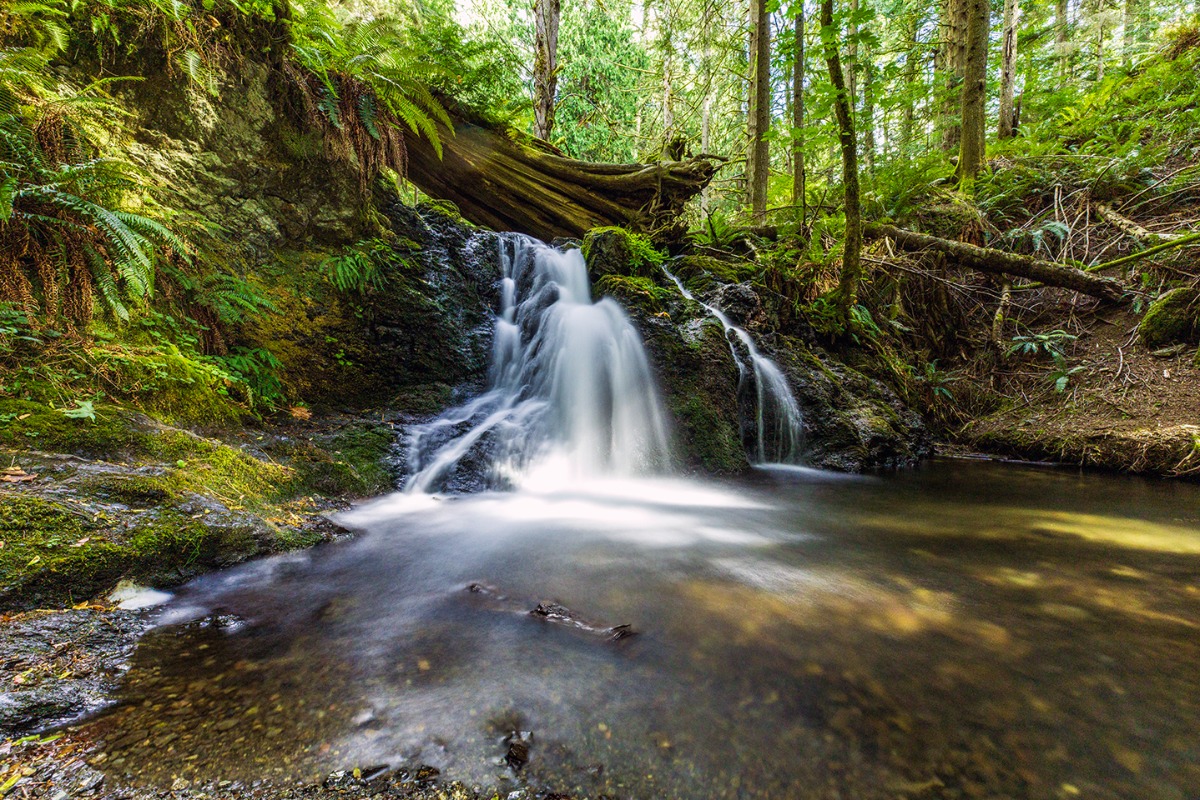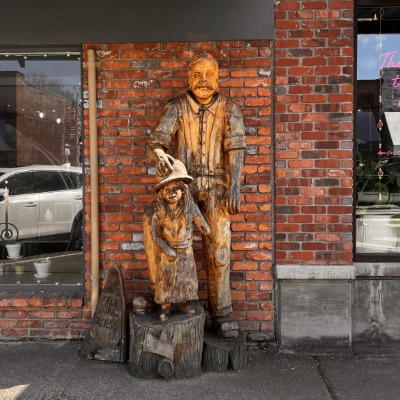Your Skagit Valley & Fidalgo Island Adventure Starts Here!
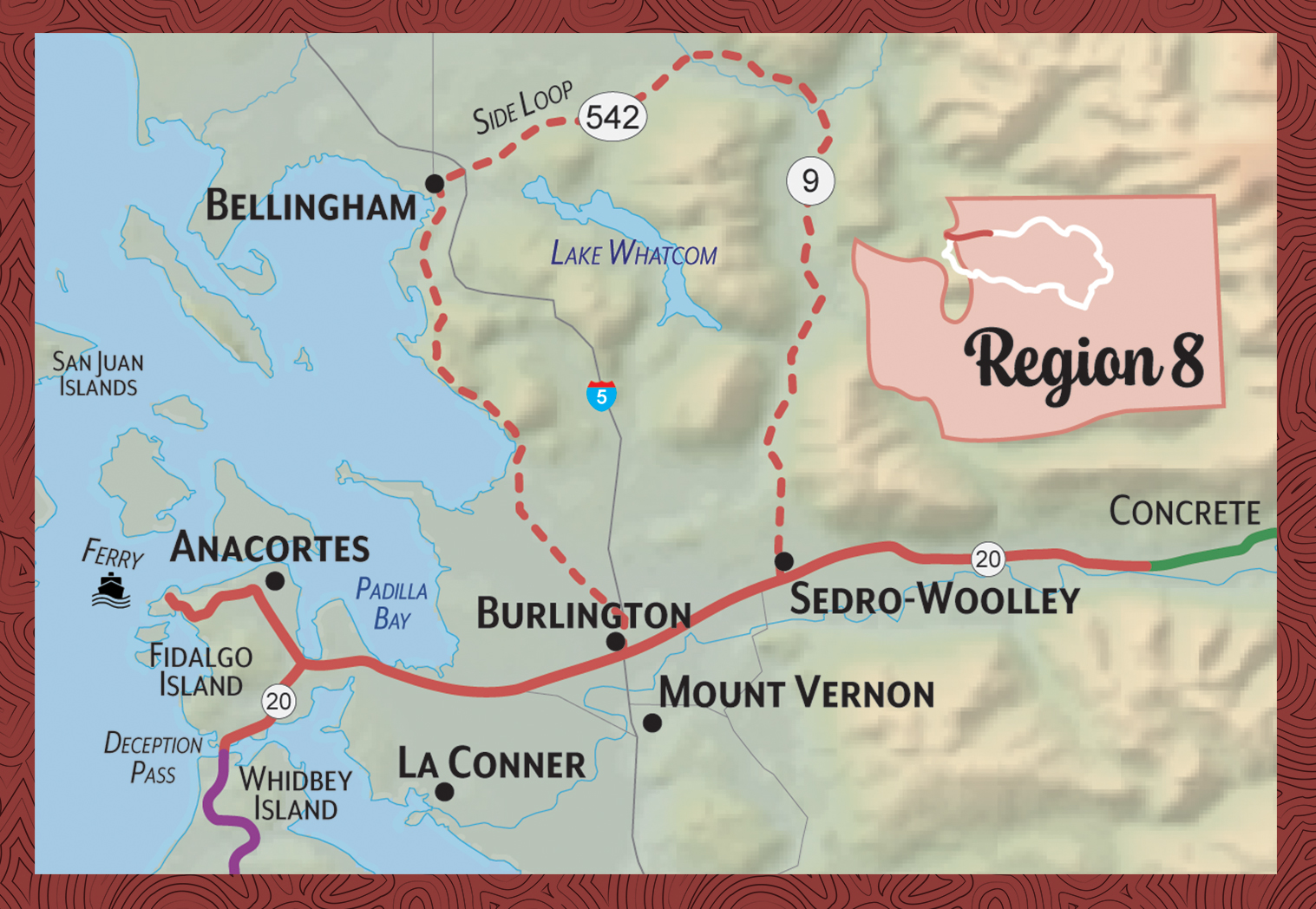
State Route 20 leaves the towering peaks of North Cascades National Park and follows the Skagit River through the Skagit Valley's mountain foothills and acres of farmland, through artistic communities, to the coastal beaches of Fidalgo Island. Fields are dotted with rustic farmhouses and farmstands with spectacular views of 10,781-foot Mount Baker and the North Cascades. This area is home to the largest commercial flower bulb industry outside of the Netherlands. Beginning in March and continuing through April, the entire Valley is a carpet of blooms. In the winter, witness the migration of more than 80,000 snow geese, swans, birds of prey, and more!
For a spectacular Side Loop, head north on Highway 9 at Sedro-Woolley toward Mount Baker and circle through Bellingham, then south on Chuckanut Drive to meet back up with Highway 20 near Burlington.
Visitor Services in this Region
Anacortes Chamber & Visitors Center 360-293-7911
Burlington Chamber & Visitor Center 360-757-0994
Genuine Skagit Valley 360-336-3727
La Conner Chamber 888-642-9284
Mount Vernon Chamber 360-428-8547
Skagit Valley Tulip Festival 360-428-5959
Sedro-Woolley Chamber 888-225-8365
Visit Bellingham/Whatcom County - 360-671-3990
San Juan Islands Visitors Bureau - 1-888-468-3701 | (360) 378-9551
Visitor Favorites
Plan Your Adventure!
Images from this region
Upcoming Events
Stories from Skagit Valley and Fidalgo Island
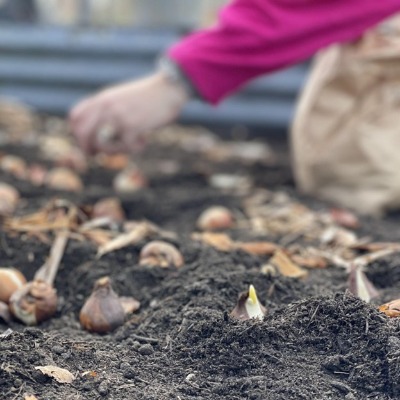



See | Play | Do | Stay

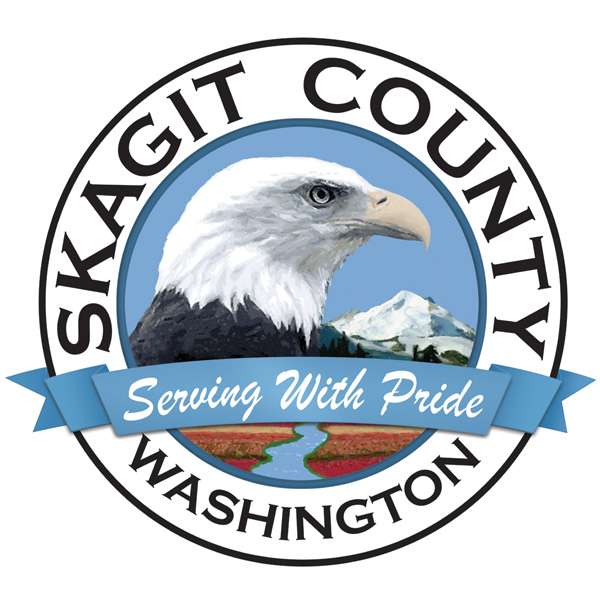
Next region as you travel counter-clockwise: Whidbey Island
Previous region: North Cascades
